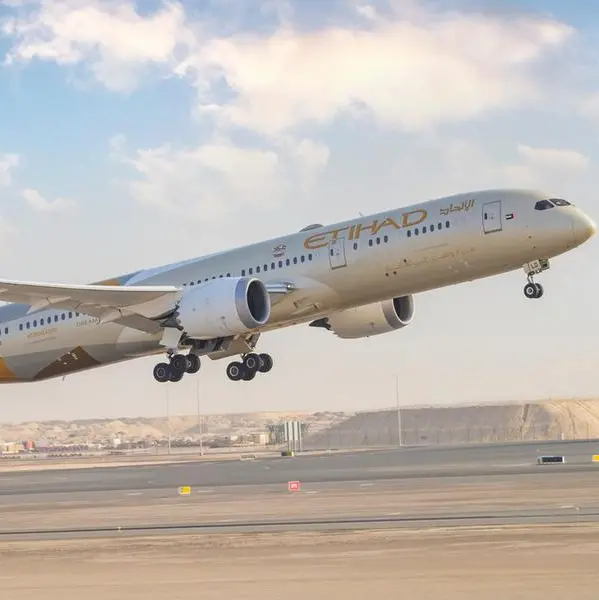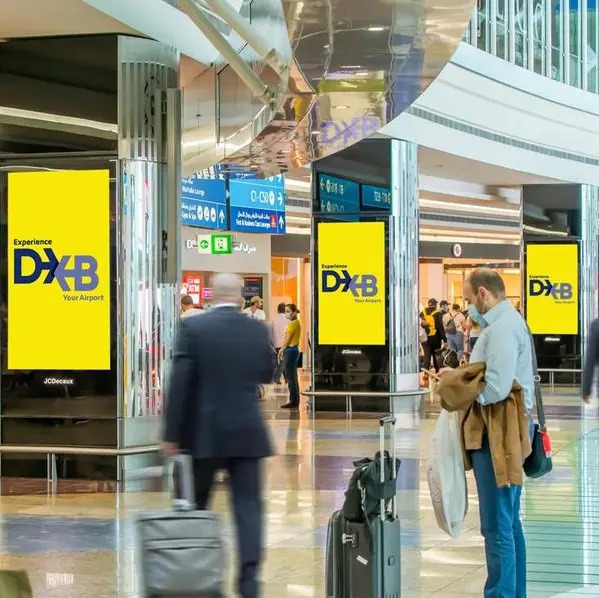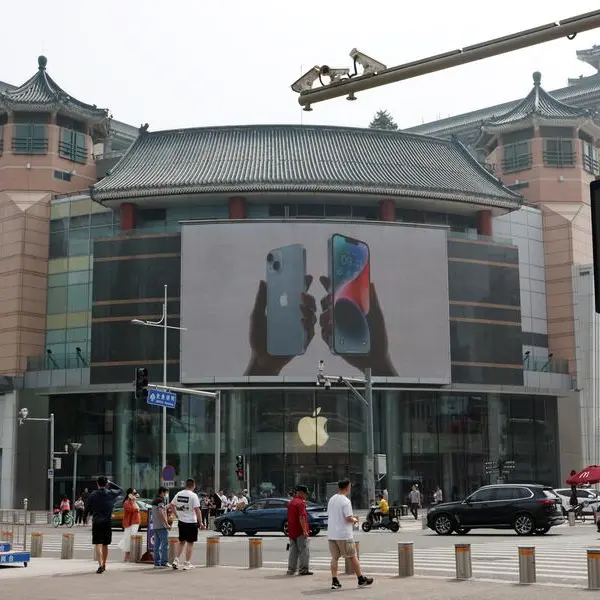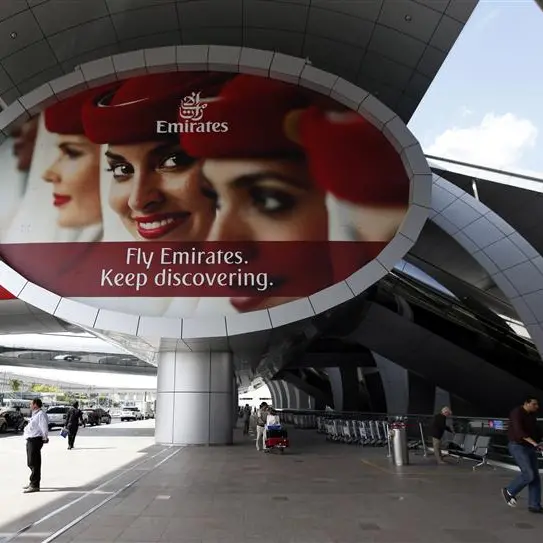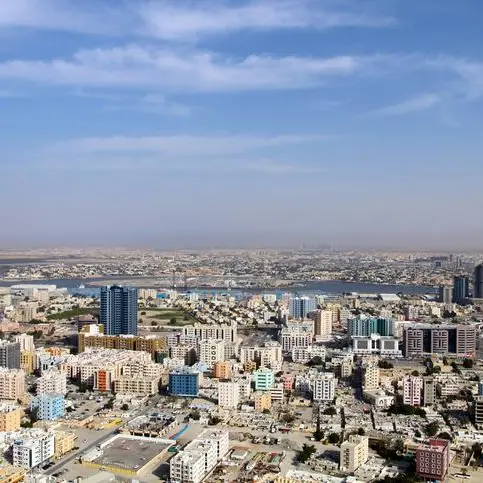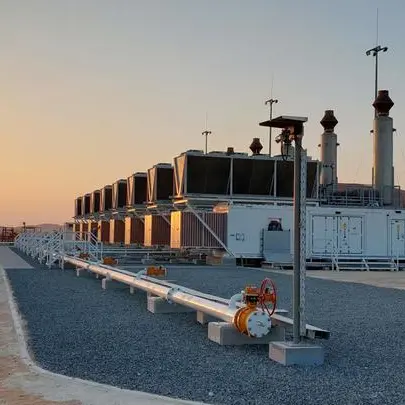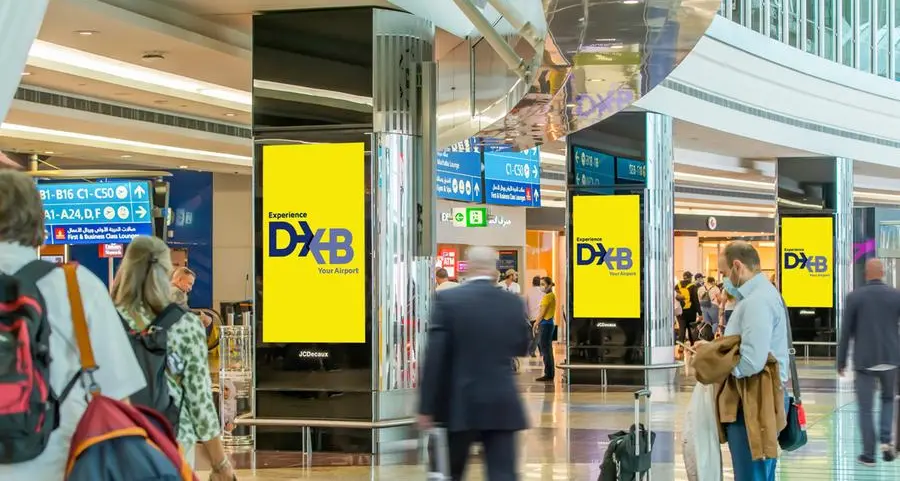PHOTO
Wednesday, Nov 16, 2016
DUBAI: The time is ripe for investment in the Middle East’s lagging digital sector, despite low oil prices — but the Western trend towards protectionism could either hinder or help the region.
“This has kept me awake over the last few weeks, the developments back home in the UK and also now in the US,” said Jigar Patel, the partner leading Digital McKinsey in the Middle East, and co-author of the firm’s report Digital Middle East: Transforming the Region into a Leading Digital Economy.
Dr Jan Peter aus dem Moore, associate partner at McKinsey & Company, who also co-wrote the report, suggested the retreat from globalisation could provide opportunities for local development.
He said, “US companies felt before it was very easy to serve to global market out of the US base, in terms of data centres, etc, but depending on how trade relations, how regulations shift, one risk mitigation strategy for them is to say, ‘Let’s build up more of a diverse global footprint,’ in a way becoming less dependent on the political evolution in the US alone, which actually can be an opportunity for the region to attract some of that.”
The management consultancy’s report provides a detailed breakdown of the current state of the region’s ICT sector, and suggests strategies to play to its strengths and shore up its weaknesses.
It found consumer adoption of digital technologies in the UAE, Qatar and Bahrain is greater than in digital leaders such as the US and Europe, and the UAE’s digital take-up is high in both business and government. Both the UAE and Bahrain have adopted digitisation as a core strategy.
But the UAE, like other Middle East nations, lags behind the US and Europe in digital innovation and creation. It receives just 1 per cent of the revenue of the world’s top 1,000 ICT companies. Souq.com is the region’s only unicorn — a digital start-up valued at $1b or more, and only 1.7 per cent of the region’s workforce is digital talent, compared to 3.8 per cent in the US and 3.7 per cent in Europe.
The lack of thriving digital creators means the Middle East is falling short of its digital potential. The report calculates that the ICT sector currently contributes 4.1 per cent to the region’s overall GDP, but that it has captured just 8.4 per cent of its potential, compared to 18 per cent in the US and 15.2 per cent in Europe.
The UAE (16.4 per cent), Qatar (14.9 per cent) and Bahrain (13.6 per cent) led the regional capture, but Egypt managed just 6.6 per cent capture, and Lebanon just 4.7 per cent.
Even among consumers, broad figures mask a great deal of variety. While high smartphone penetration in the region is considered high, by global standards, aus dem Moore pointed out that it is only 20 per cent among two-thirds of the regions population.
McKinsey’s strategies to grow the digital economy
Government
1. Move from e-government-focused digital initiatives to full digital economy development
2. Empower national digital agencies
3. Create policy frameworks that foster, and do not hamper, digital innovation
4. Seize the opportunity of large public IT spending to create home-grown IT players at scale
Business
5. Take the once-in-a-lifetime opportunity to create critical digital platforms for the region
6. Step up the collaboration among corporations and digital disrupters in the region
7. Embrace agility through digital to address the ever-faster business environment
Funding 8. Scale digital VC funding and increase visibility of investment opportunities
Talent
9. Create digital curricula and seamless learning pathways from primary schools to higher education
and into employment
10. Rethink how to attract and retain digital talent and reconsider applicability of nationalisation to digital
By Andrew Staples Chief Business Reporter
Gulf News 2016. All rights reserved.

